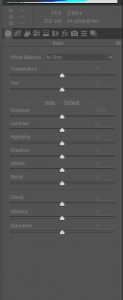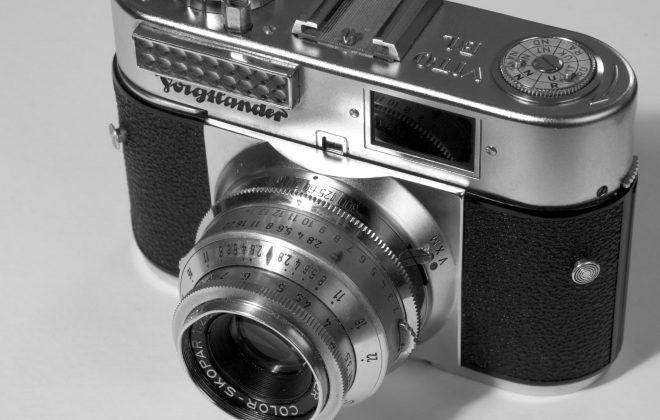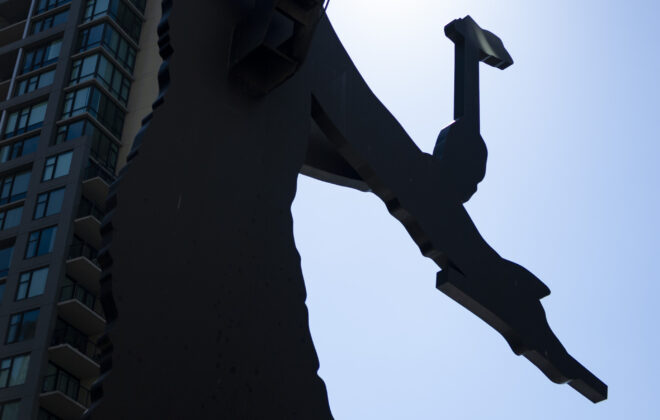An Explanation of Camera RAW Files

Digital Single Lens Reflex (DSLR) and some digital point-and-shoot cameras provide users with the option of shooting in either a .jpg or RAW file. A .jpg file is a standard and universal format for digital images; RAW files are not as standard and universal. Many professional photographers shoot in RAW. What is a RAW file, why do professionals use it, and why should people consider shooting in RAW?
RAW Files
RAW files are images that have not yet been processed and are not printable without further work. A RAW file must be imported from the camera’s memory card to photo processing software. Each camera manufacturer has image processing software that can convert the RAW file to a .jpg or other image format. Adobe also offers a variety of popular products for processing and editing images that work with RAW files; Photoshop and Lightroom are two examples.
One issue with RAW files is that each camera manufacturer has its own RAW file format. This requires either obtaining their specific, proprietary software, in order to process the images, or locating a third-party product that is compatible. For example, Photoshop will usually need to have updates installed so as to be able to view RAW files from a camera manufacturer’s latest camera.
Why Shoot in RAW?
The advantage of using a RAW file is that it contains more information and has a higher range of digital data than what a .jpg file would contain. If the scene is too dark, with a RAW file, it will be possible to obtain more detail out of the shadows. If the scene is too light, it will be easier to process the image and bring out detail, if it is available.
The best way to think of a RAW file is as a film negative. The negative holds all the image details. It can’t be used to view the image directly, but the negative is used to create the final print. The final print can be thought of as the .jpg. When making copies of that film negative, it would be better to use the negative over the final print. The same relationship exists between RAW files and a .jpg.
Disadvantages of Shooting RAW
As mentioned, each camera manufacturer has its own version of RAW for each camera. This can vary from similar cameras within the same manufacturer’s line. Often when a camera company launches a new version of a camera third-party manufactures have to do updates even though they were compatible with the previous version.
As technology evolves, it is possible that later versions of software won’t be compatible at all with older cameras’ RAW files. Users might have RAW files that they will eventually be unable to process. Just like people who still have musical 8-tracks but can’t find stereos with 8-track players anymore. People may one day be hard pressed to find compatible RAW processing programs. Adobe is attempting to offer an archival file format known as Digital Negative (DNG) in order to solve this possible problem. According to Adobe, they will always provide support for DNG files in their products.
File size can be another issue for RAW images. Since each RAW image holds so much information, the file size is much larger than it would be if it were a .jpg. A camera will also spend a few macro seconds longer to process a RAW file with each click. Photographers need to have larger memory cards and more space on computers for the files. On top of that, since the image has to be converted to a .jpg for printing, users have to store and track two files of the same image, the RAW file and the .jpg.
In Summary
When shooting large scenes such as nature or scenes with a high contrast between the darks and the lights, shooting in RAW will provide a photographer with more options and control in the development of the final print, making the additional file size and processing time worthwhile.
Yet, if shooting friends and family during the weekend barbeque, and the images will most likely just get loaded to a website for printing in 4×6, shooting in RAW might be more than is necessary.
Related Posts
Leave a Reply Cancel reply
This site uses Akismet to reduce spam. Learn how your comment data is processed.
Categories



